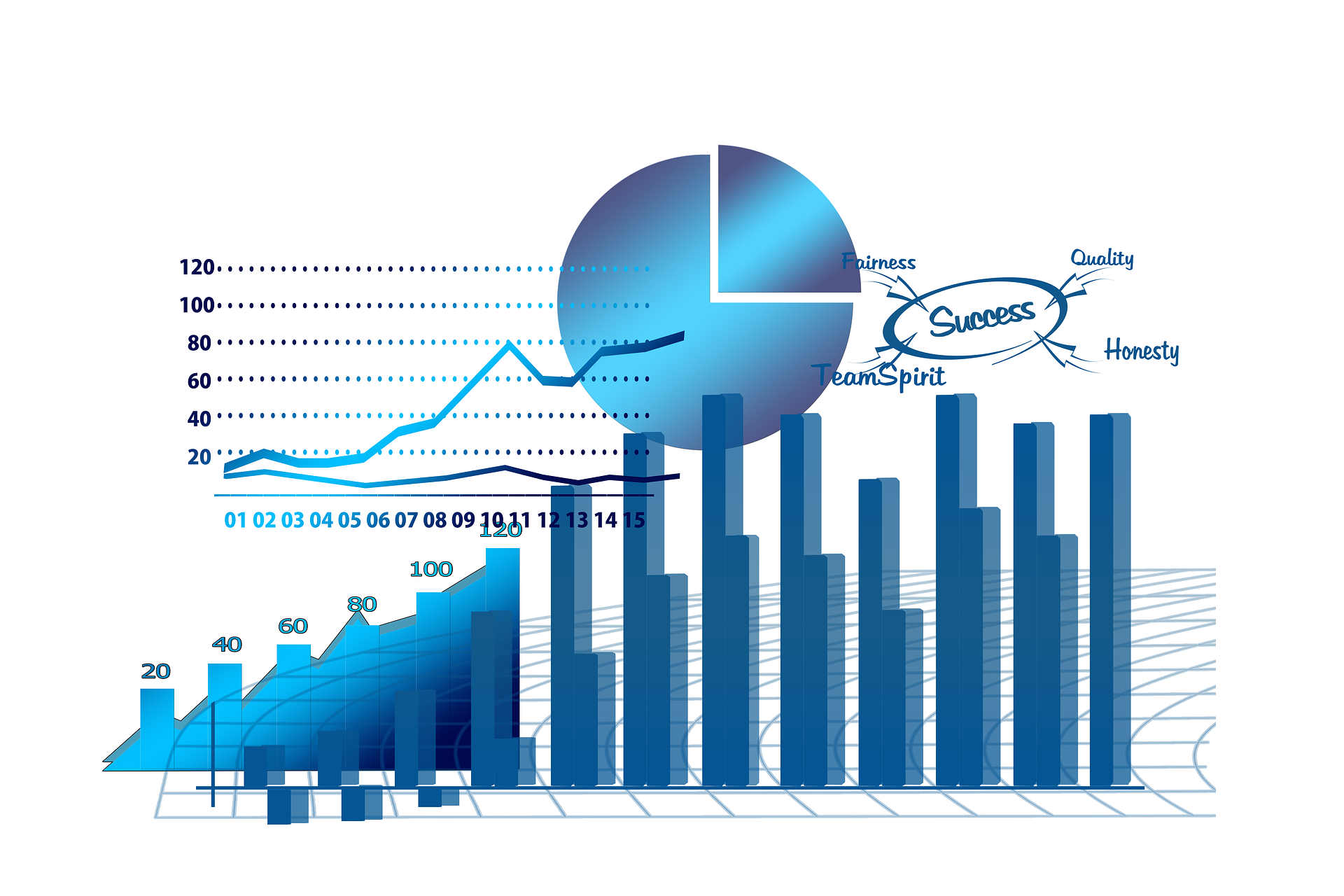
In today’s fast-evolving digital landscape, businesses must stay ahead of the curve to remain competitive. A key component of this strategy involves future-proofing your Marketing Technology (MarTech) stack. But what does this mean, and how can it be achieved?
Integration is Key
A well-integrated MarTech stack ensures seamless data flow between systems, allowing for more accurate insights and better decision-making. Evaluate your current tools and consider how they interact. Are there gaps that could be filled with more integrated solutions?
Embrace Automation
Automation is not just a buzzword—it’s a necessity. Automating repetitive tasks can free up your team to focus on strategy and creativity. Look for tools that offer robust automation capabilities to enhance both operational efficiency and campaign performance.








